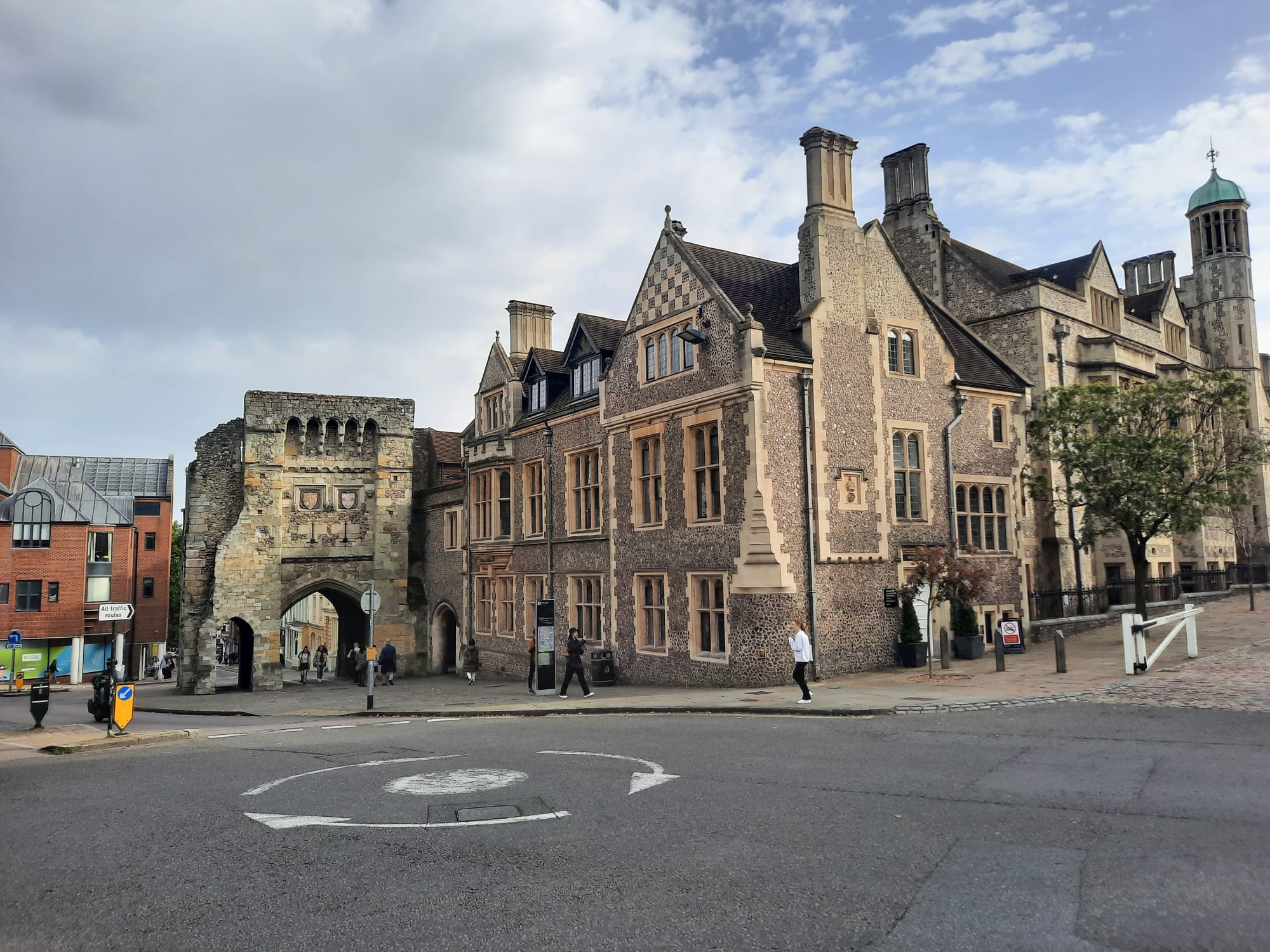24 Hours In Winchester – A Guide For Culture Lovers
Within easy reach of London, Winchester has been an important place since Britain’s earliest days. Home to Romans and various European tribes, Winchester has seen royal weddings and coronations, periods of prosperity, poverty and strife. Packed full of cultural and historic attractions, find out what you can see in a day in ‘England’s first capital’.



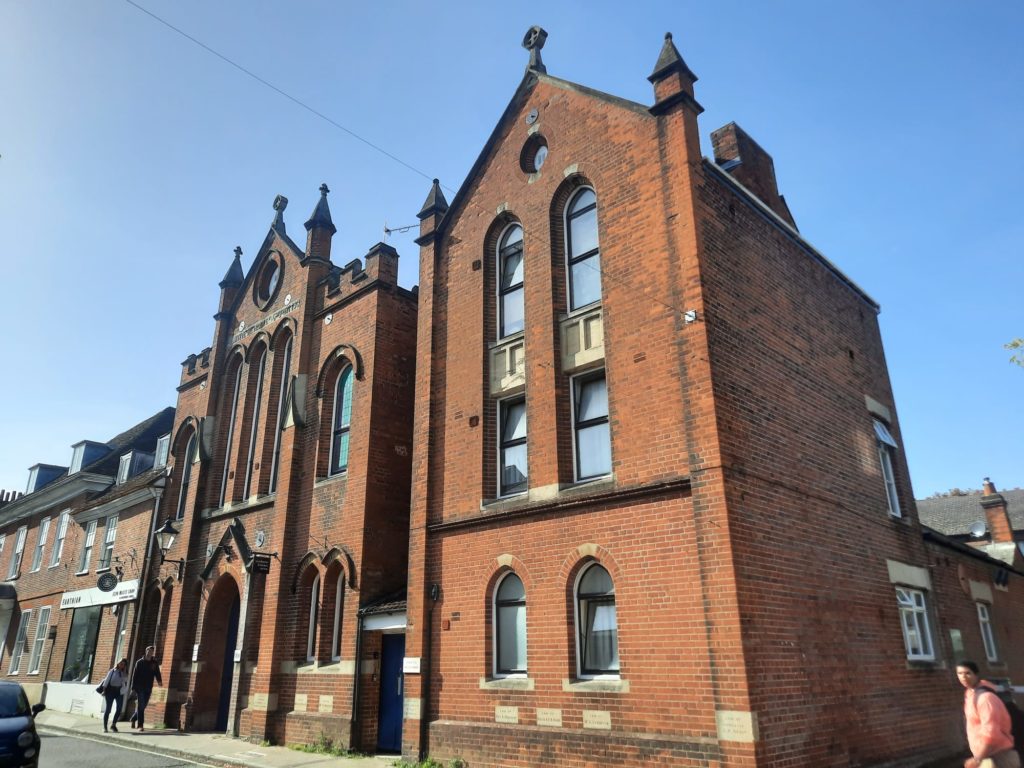
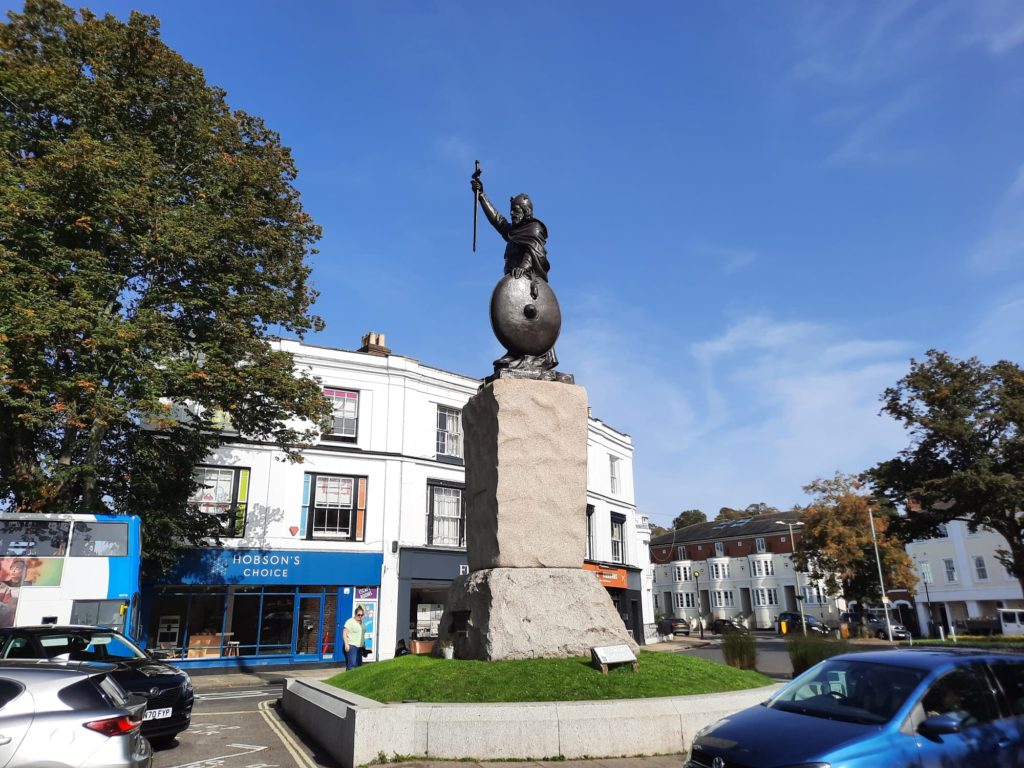
Winchester: A Brief History And Orientation
It’s often said that Winchester, about 60 miles South-West of London, was England’s first capital. London is so dominant in so many aspects of English life today that another capital seems a strange thought. Let’s first delve into Winchester’s history a bit to understand more.
Winchester first existed as an Iron Age settlement. I don’t know whether they were strictly the first, but by the time the Romans arrived it was an important centre for the Belgae tribes (as in originally from around modern day Belgium). The Romans named this place Venta Belgarum: the etymology of venta is variously cited as from the Latin for ‘marketplace’, or from the Celtic for ‘tribal town’ or ‘meeting place’. The Romans in any case hung about here until their settlements generally declined in the 4th Century.
Winchester’s main claim to fame is as a major Anglo-Saxon centre in the Kingdom of Wessex. It was definitely one of Alfred the Great’s strongholds. Was it a capital? Historical sources seem to suggest the kingdom had no fixed capital. Winchester was important to them, nonetheless. Also important to the Normans: King Harold’s widow was at Winchester following the Battle of Hastings, and surrendered the city to them. William the Conqueror built himself a palace here, and his mate Walkelin, installed as bishop, had the old minster torn down and started work on today’s cathedral.
Winchester remained an important royal site for centuries. It’s seen royal weddings (like William and Mary), coronations (like Edward the Confessor) and burials (like Canute). Its fortunes rose and fell with the wool trade through the medieval and early modern period, but today it is a relatively wealthy city in Hampshire. Winchester can be reached easily from Waterloo station for daytrips or short stays. From the station, the main sights are within walking distance.



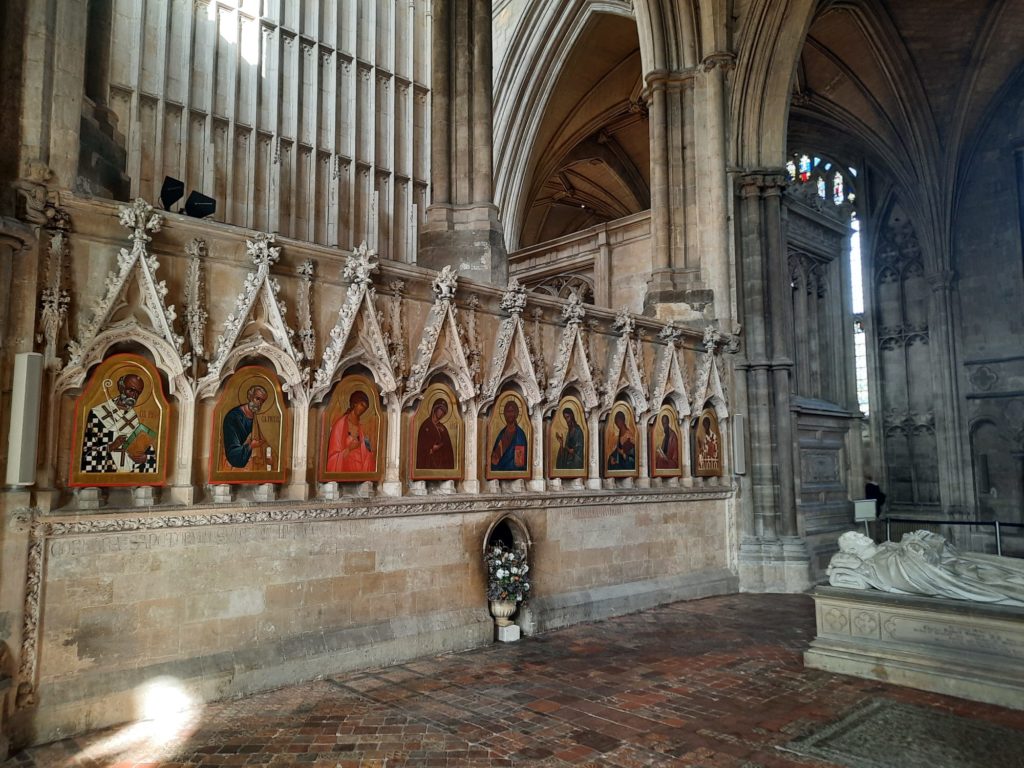
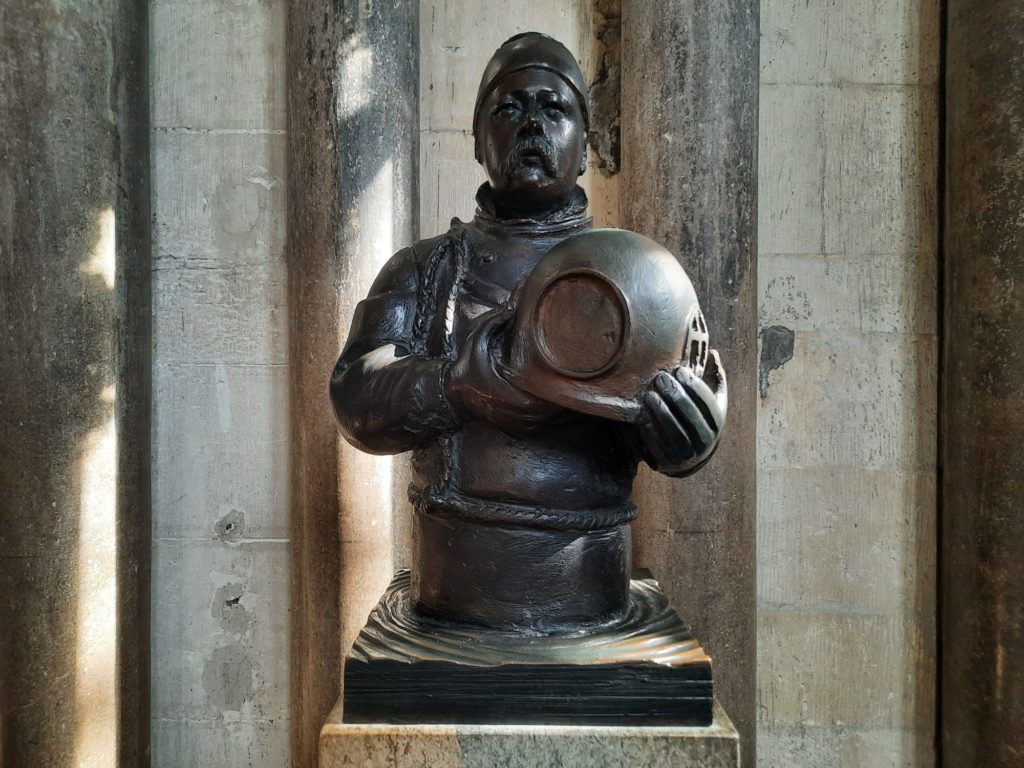
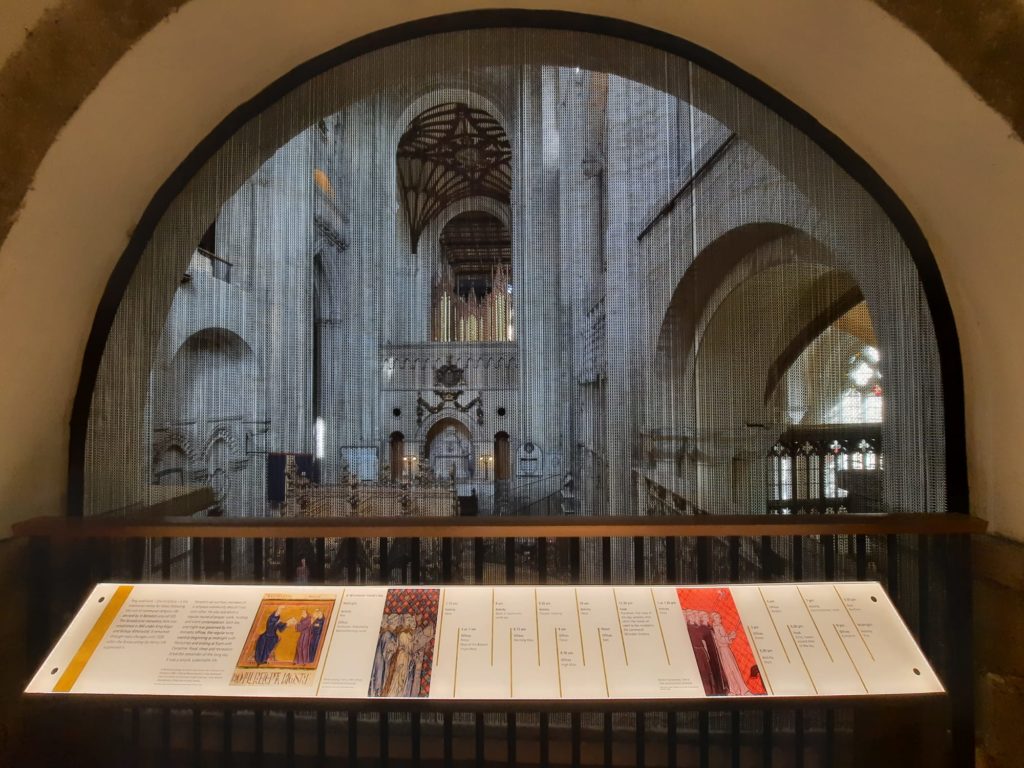
Winchester Cathedral
As I mentioned above, the current Winchester Cathedral is Norman. Or started out as Norman. Like all good cathedrals back then (or even now) it took centuries to build: from 1079 to 1532. So the predominant style is Gothic. In fact, one of Winchester Cathedral’s claims to fame is being the longest Gothic cathedral in Europe.
There are many things to see within the cathedral, so make sure you leave enough time. We set a cracking pace and just about saw everything (maybe not in great detail). The highlights include:
- A Tournai marble font, a rare survivor dating to 1150
- The Great Screen: an important early survival with Victorian restoration of sculptures smashed during the Reformation/Dissolution of the Monasteries
- A remarkable stained glass window, pieced together mosaic-style from windows smashed by Oliver Cromwell‘s forces during the English Civil War
- Burial chests of early kings including Alfred the Great, King Canute and King Egbert. Much disturbed over the centuries so take with a pinch of salt
- The Morley Library, with books given to the cathedral between 1662 to 1684 still on their 17th Century shelves (amazing ‘old book smell’ for those who enjoy that)
- A surviving Norman crypt which seems prone to flooding, making an atmospheric backdrop for a sculpture by Antony Gormley
- Jane Austen’s grave and memorial
- A memorial to William Walker, who from 1906-1911 saved Winchester Cathedral by diving underneath and shoring up the foundations. A remarkable achievement at any time, but even more so when you consider he was wearing that heavy early diving clobber
Don’t miss the cathedral’s exhibition, Kings & Scribes. Set over a couple of floors, a visit here allows different vantage points over the impressive architecture, as well as covering the cathedral’s long history. You can learn about its time as an abbey, and also see the 12th Century Winchester Bible. An alternative way to learn more about the cathedral and make the most of a short visit is to join a guided tour (included in the entry price).
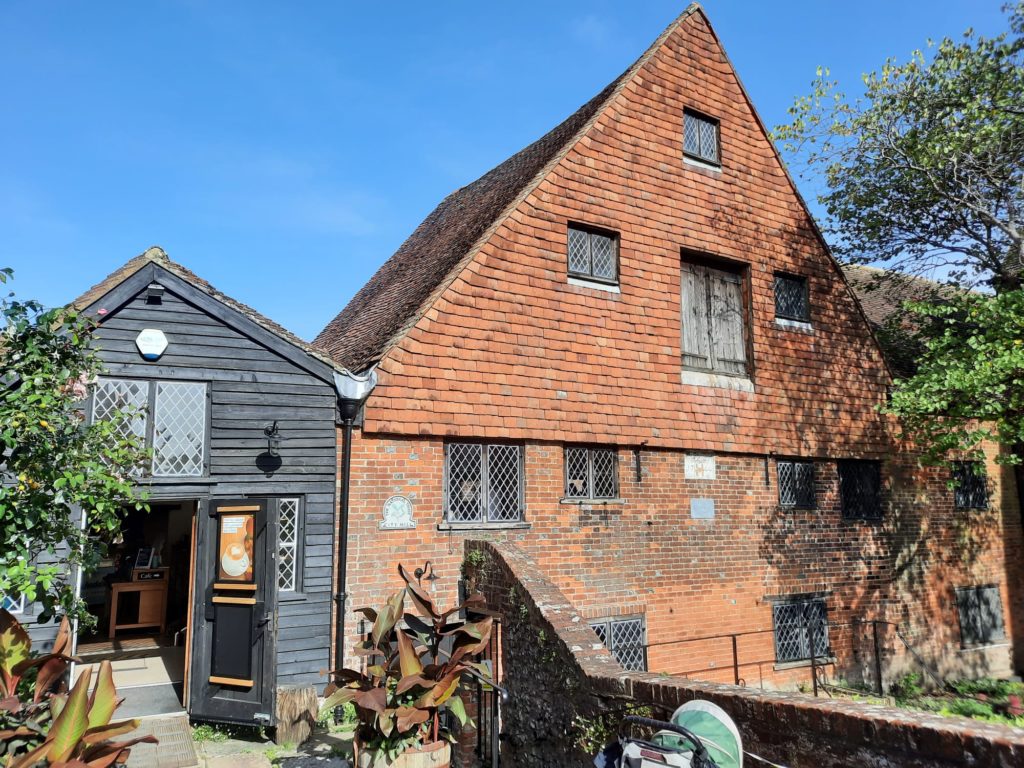


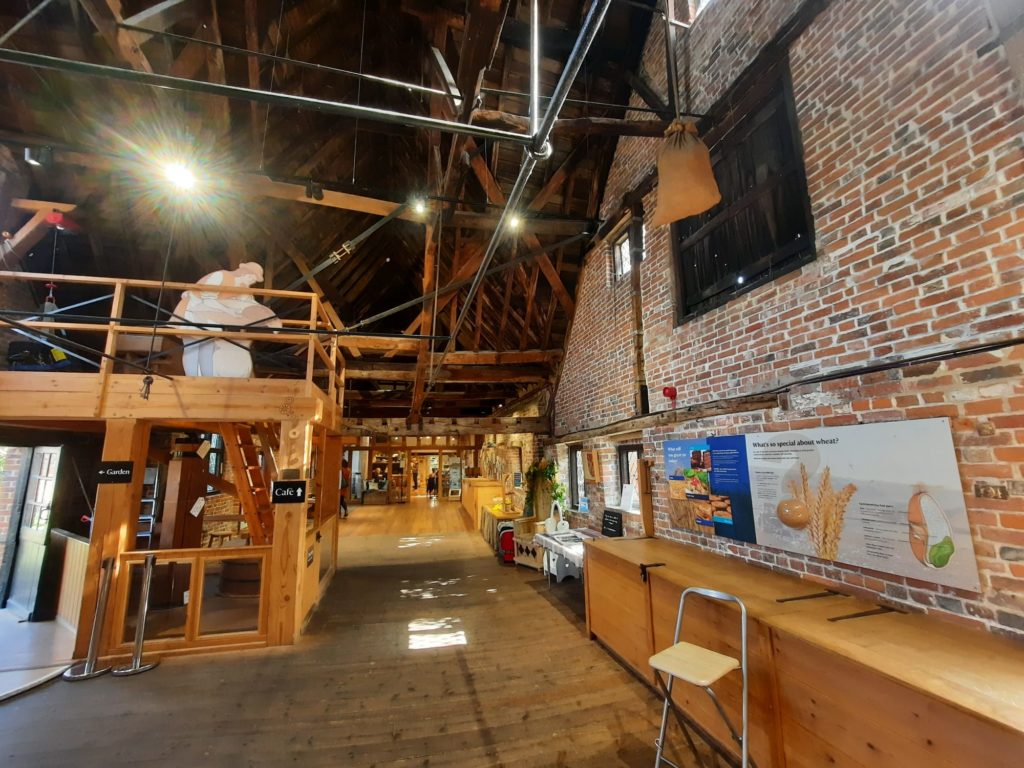

City Mill
Managed by the National Trust, City Mill is a very historic site indeed. In fact, a mill has stood here since Saxon times, over 1,000 years. It’s one of the oldest watermills in the UK (remember we saw another one here some time ago), although the current structure is a 1774 rebuild. This is a rare example of an urban corn mill. Mills were once absolutely critical to life in Britain: there were around 20,000 of them around at their height in the 19th Century. Not everyone could maintain their own mill, of course, so people brought their grain to somewhere like this.
The Normans actually introduced practices which forced people to have their corn ground at the mill owned by their manorial lord: I’m not sure how much this applied in Winchester’s urban setting but mills were definitely a community focal point. There isn’t much stone in England which is hard enough for milling so the millstones themselves were often imported.
Unfortunately for myself and anyone planning a visit to City Mill, it’s currently out of order. You can still visit, but the machinery has been decommissioned and they’re fundraising to replace it. It’s still interesting and informative: I was astonished by how much power the little river outside gathers when it’s forced through the narrow mill race. The area is also a haven for wildlife, with highlights shown from City’ Mills otter cams.
Entry is by donation. I recommend still going for a look around (maybe a stop at the cafe), and donating if possible to help City Mill get back up and running again. It was saved from demolition and passed to the National Trust in the 1920s, so it would be a shame for all that history to be at risk once more.



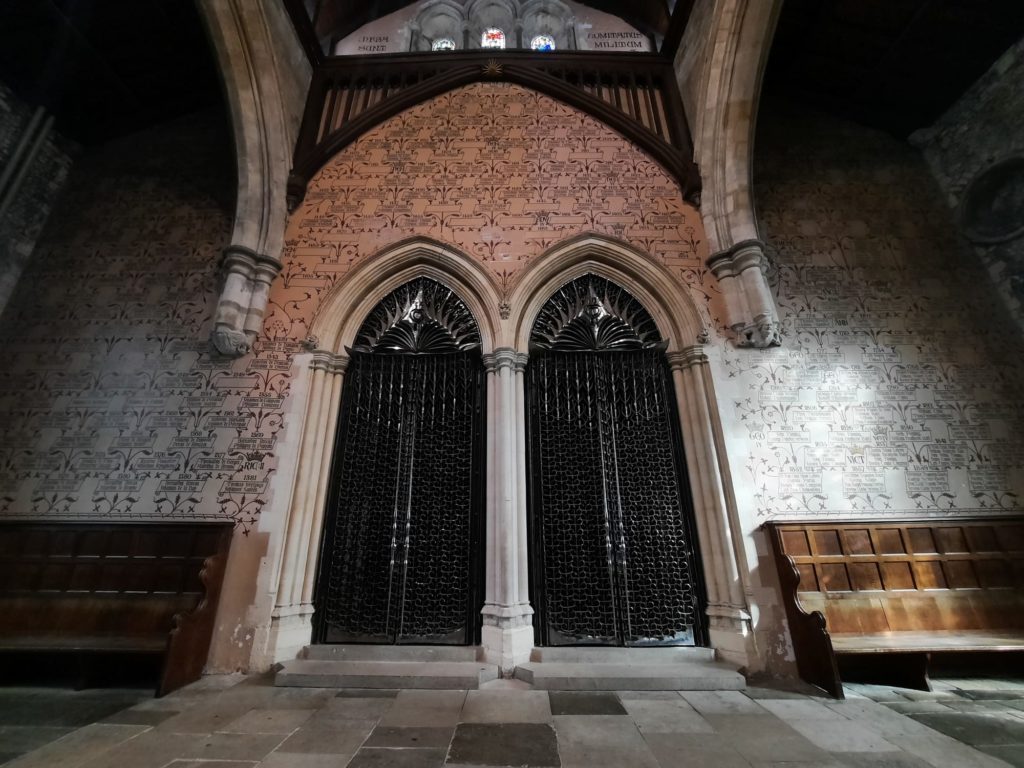
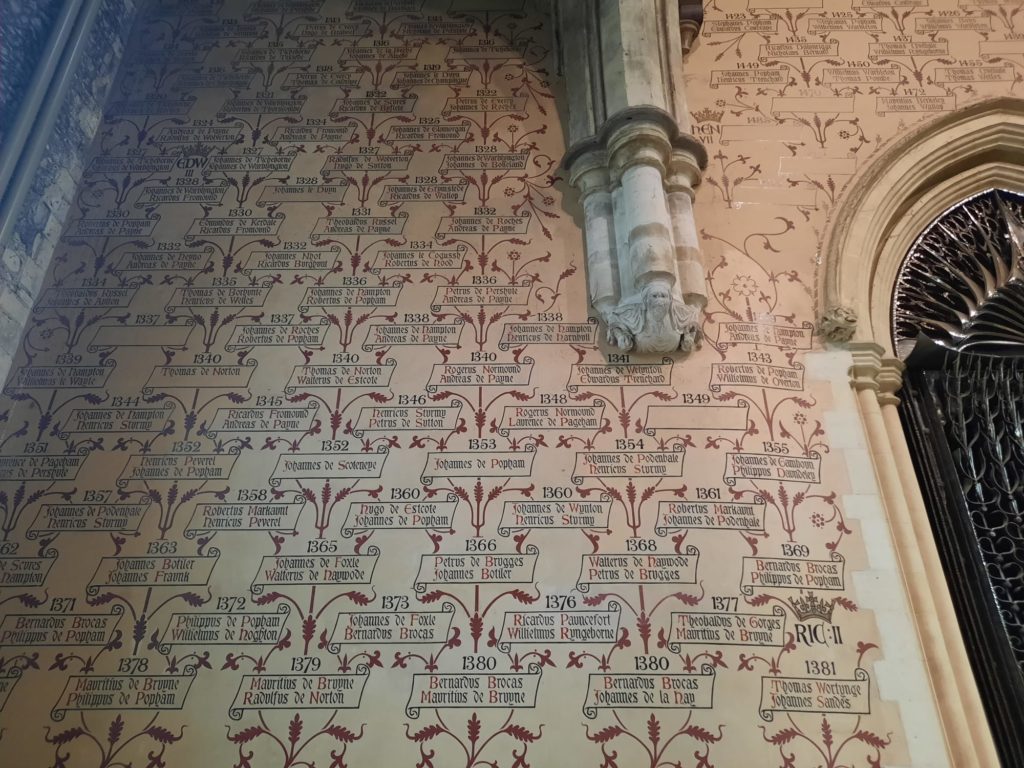

The Great Hall
At the other end of town is another site with a long history. This is the Great Hall, one of only two remaining vestiges of Winchester Castle. It was William the Conqueror who chose this hilltop site for one of the first Norman castles in England (although it was a good defensive site so had been a Roman fort long before that). This was the seat of government of the Norman kings. The Domesday Book was stored here. The war between the Empress Matilda and King Stephen played out, in part, here. Oliver Cromwell ordered the destruction of Winchester Castle in 1649 after the sacking of the city in the English Civil War. Christopher Wren built a King’s House here for Charles II, but it never took off again as a royal residence and burned down in 1894.
The Great Hall, built by Henry III, dates to 1222. It’s a very good example of its type. It was a court of law throughout its history, even once it was no longer part of a royal castle. Sir Walter Raleigh went on trial here. And many years later in 1973 a trial of IRA members in connection with two London car bombs took place here too. By this time the Great Hall was a county court, and it remains today in the care of Hampshire County Council.
Bear in mind when you visit that it is just one great hall. There’s a modern side corridor with more information, and a 1980s interpretation of a medieval garden, but it’s really one big room. That doesn’t mean it’s not interesting, just that it’s simple. The main attraction is the Round Table. Don’t get too excited: firstly King Arthur didn’t actually exist, and secondly the wood isn’t old enough to fit the bill. But the table has been here since the 1300s. The painted decoration is a little later: the figure of Arthur looks suspiciously like its commissioner, Henry VIII.


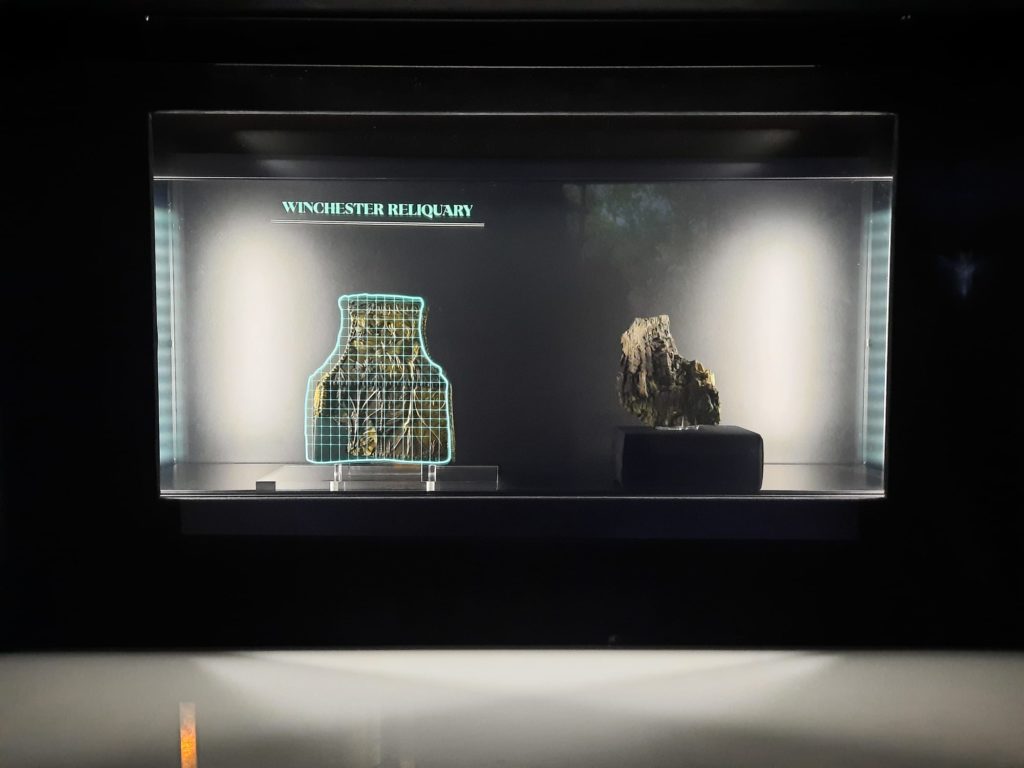



878 AD
This one won’t be to everyone’s tastes, but I thoroughly enjoyed it. 878 AD puts video game technology to good use to bring Anglo-Saxon Winchester to life. The year, obviously, is 878. The citizens of Winchester anxiously await news from Alfred, who is desperately trying to hold off the Viking forces in the Battle of Edington. As an interloper in this Anglo-Saxon stronghold, you can learn about its inhabitants, their opponents, and also the technology behind this immersive experience.
878 AD, like other enjoyable places I’ve been to recently (this and this), makes use of retail space to bring history to as wide a section of the public as possible. It’s in a shopping centre just off the high street, and relatively easy to find. Once inside, you purchase your tickets and then get an orientation. The experience uses different technologies, real artefacts, and actors playing Winchester inhabitants. You have to get into the spirit of it, but it’s really a lot of fun. I learned about Viking hygiene, Anglo-Saxon society, and the Winchester Reliquary.
The people behind 878 AD are the makers of the Assassin’s Creed game series, Ubisoft. Assassin’s Creed is known for creating extremely accurate and immersive historic worlds: having mapped out large parts of this particular environment, it seems a natural extension to apply the technology to an in-person experience. Ubisoft created 878 AD in partnership with Sugar Creative and Hampshire Cultural Trust.
If this sounds like your sort of thing, I actually recommend doing it earlier in the day rather than later. Your 878 AD ticket comes with an augmented reality app which acts as a guide to Winchester. We went mid-afternoon after we’d been around most of the sights we wanted to see, so couldn’t make full use of this aspect of the experience. It was still a lot of fun, though, and something very different compared to the other sights.
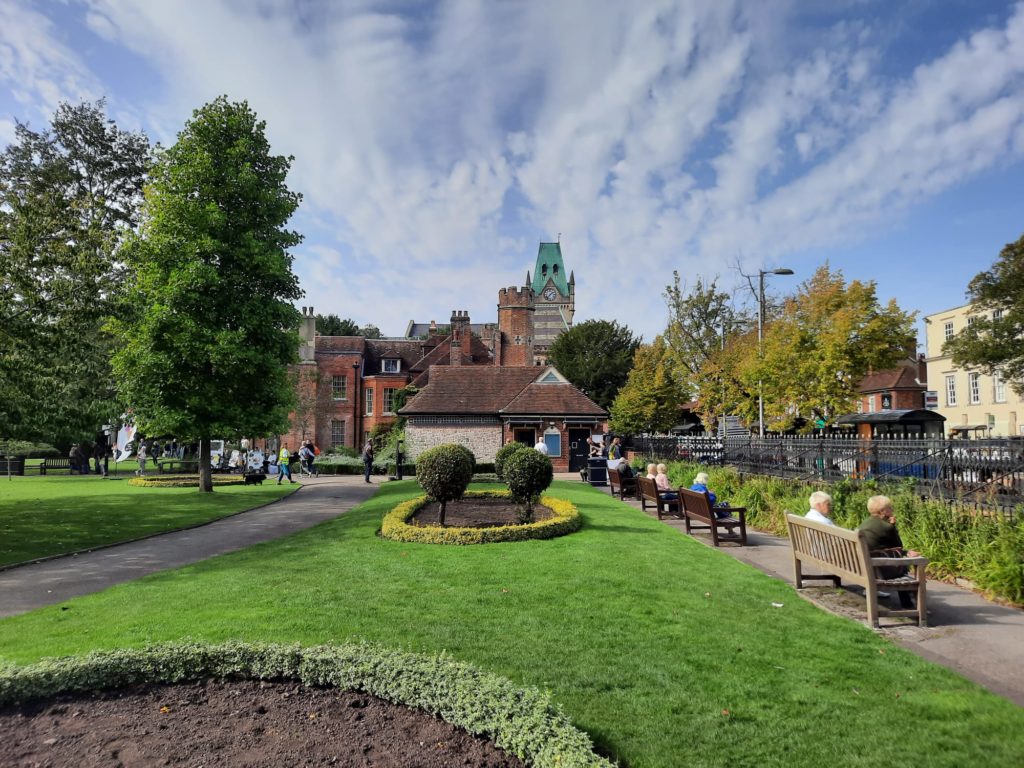
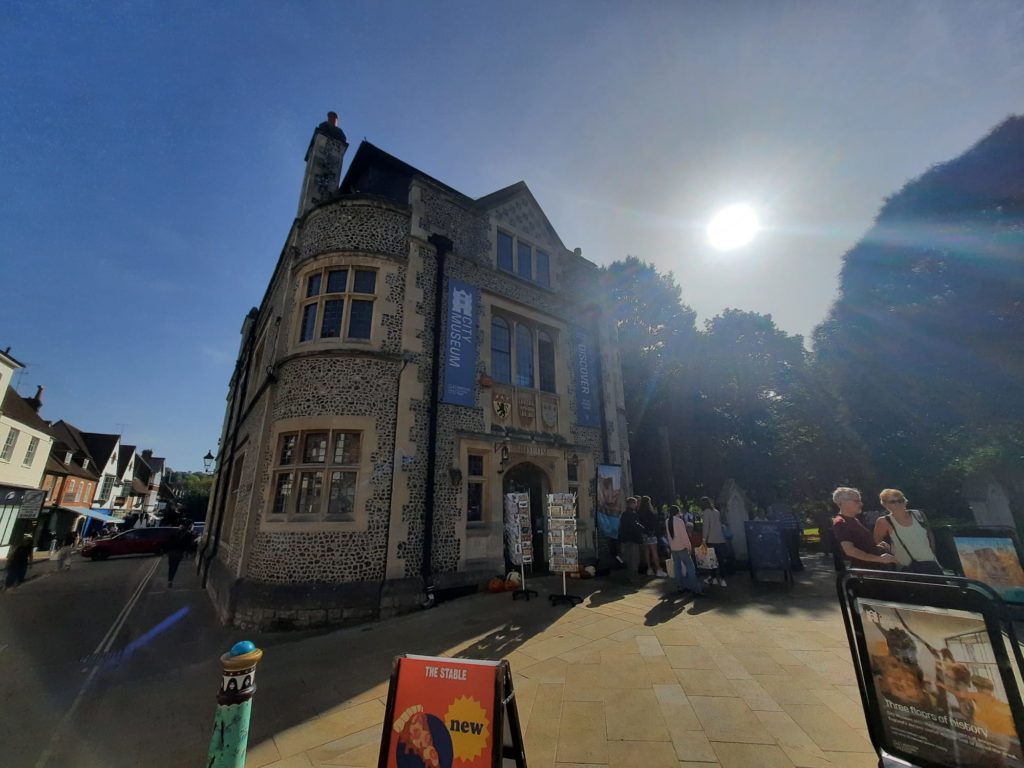
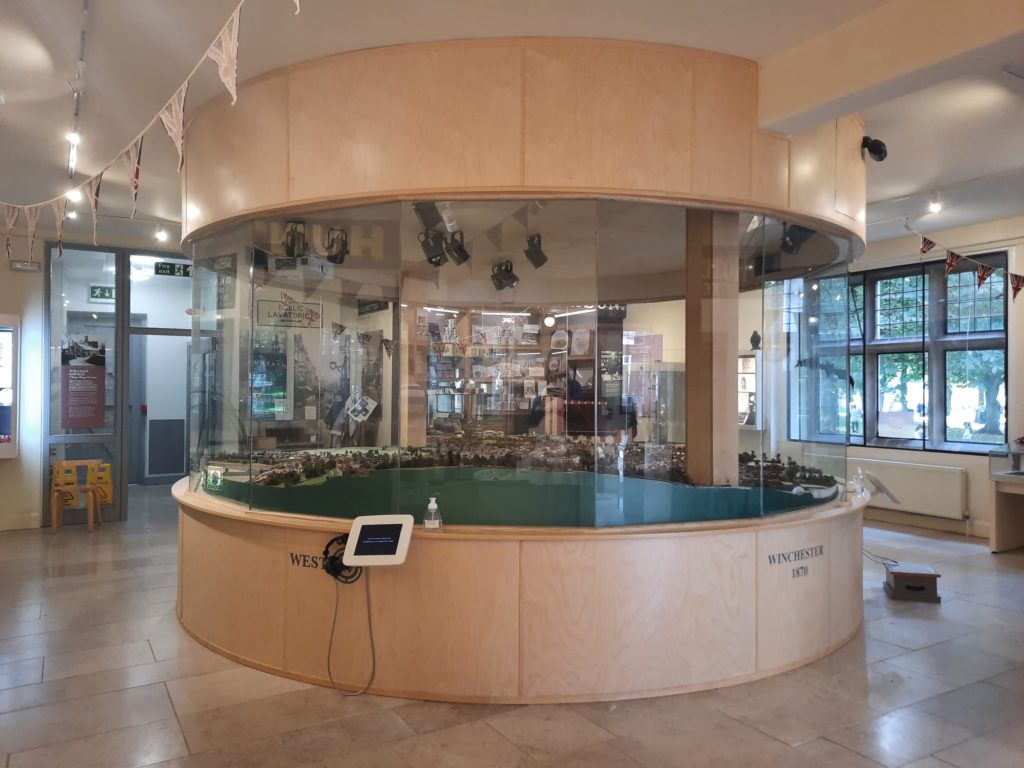



Other Sights & Final Thoughts
So I hope this brief guide gives you a sense of what you can experience in a day in Winchester. This city has such an important place in England’s history that there is plenty to see and do. It’s also a pleasant and vibrant place, with a compact centre meaning you can get around key sights on foot.
I’ve taken you through the things I did in Winchester, but there are plenty of other options. To name just a few:
- The Winchester City Cross or Buttercross on the main shopping street dates to the 15th Century. A “small riot” saved it from being dismantled and taken elsewhere in 1770.
- Wolvesey Castle was the Norman bishop’s palace but stands on the site of a Saxon structure. It’s now a ruin in the care of English Heritage.
- The Hospital of St Cross is a lovely medieval almshouse. It’s a little outside the city centre but looks worth a visit.
- The City Museum was one of England’s first purpose-built museums outside London. There’s also the Westgate Museum which focuses more on weaponry.
- Churches of various periods, including the Norman Church of St Lawrence. With buildings abutting it on all sides, you could almost blink and miss it!
- The Gothic Revival Guildhall is an interesting building, and the adjacent Abbey Gardens are a nice spot for a rest in good weather. A statue of Alfred the Great is nearby.
Make the most of your own 24 hours in Winchester! Is it definitely England’s first capital? Apparently not. But it’s a storied city, and a great place to spend a day immersing yourself in history.
Trending
If you see this after your page is loaded completely, leafletJS files are missing.

